In the evolving world of wearable fitness technology, choosing between Fitbit vs Garmin can shape your daily health insights and your training outcomes. Both brands dominate the fitness tracker market, but they serve distinct user needs and fitness levels. We provide a comprehensive breakdown to help you decide which brand aligns with your lifestyle and fitness goals.
Contents
- 1 Fitbit vs Garmin: Brand Overview
- 2 Design and Comfort: Sleek vs Rugged
- 3 Health and Fitness Tracking: All-Day vs Advanced Metrics
- 4 GPS and Navigation: Superior Precision with Garmin
- 5 Battery Life: Longer Use with Garmin
- 6 App Experience and Ecosystem
- 7 Smartwatch Features
- 8 Price Comparison: Value vs Performance
- 9 Which Should You Choose?
- 10 Final Verdict: Fitbit vs Garmin
Fitbit vs Garmin: Brand Overview
Fitbit is known for its user-friendly design, intuitive app interface, and lifestyle-oriented tracking. It appeals to users who want to monitor daily steps, sleep, heart rate, and stress with a focus on wellness and community challenges.
Garmin, on the other hand, is engineered for performance-focused athletes and outdoor enthusiasts. It offers advanced metrics for running, cycling, swimming, hiking, and triathlon training with a focus on GPS accuracy, VO2 max, and recovery tracking.
Design and Comfort: Sleek vs Rugged
Fitbit devices typically feature lightweight, slim profiles with touchscreens that integrate seamlessly into casual or business attire. Models like the Fitbit Charge 6 and Fitbit Versa 4 are ideal for users who prioritize all-day wear and discreet tracking.
Garmin devices, such as the Garmin Forerunner 265 and Garmin Fenix 7, feature rugged, durable builds with larger displays suitable for outdoor activities and demanding training environments. Their design supports longer battery life and multiple control options (buttons + touchscreen) for easy use during workouts.
Health and Fitness Tracking: All-Day vs Advanced Metrics
Fitbit Health Features
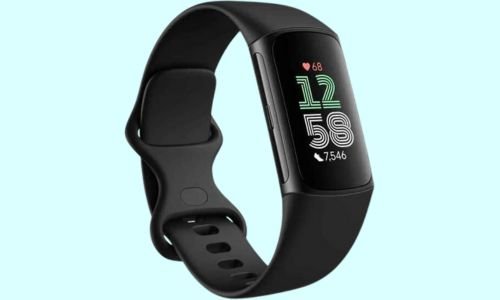
- 24/7 heart rate monitoring with Fitbit’s PurePulse technology.
- Sleep tracking with Sleep Score and detailed sleep stages.
- Stress management tools with guided breathing.
- Daily Readiness Score for activity suggestions.
- Activity tracking for steps, calories, and active zone minutes.
- Menstrual health tracking for women.
Fitbit’s health tracking is seamless for general wellness monitoring and maintaining a healthy lifestyle without diving into complex metrics.
Garmin Advanced Metrics

- Accurate GPS tracking with multiple satellite systems (GPS, GLONASS, Galileo).
- VO2 Max, lactate threshold, and advanced running dynamics.
- Pulse Ox sensor for blood oxygen monitoring.
- Body Battery energy monitoring to track recovery and readiness.
- Training load, training status, and performance condition insights.
- Advanced sleep monitoring with respiration rate.
Garmin caters to users who want in-depth data to optimize their training, improve race performance, and monitor physiological metrics precisely.
While Fitbit devices like the Charge 6 now include built-in GPS, Garmin offers superior GPS accuracy and multi-band GNSS for consistent tracking even in challenging environments. Garmin devices often include breadcrumb trail navigation, route tracking, and turn-by-turn navigation, making them invaluable for trail runners, hikers, and cyclists.
Battery Life: Longer Use with Garmin
Fitbit devices generally offer 5–7 days of battery life, depending on usage, with a fast-charging feature for convenience.
Garmin devices can deliver 7–21 days of battery life in smartwatch mode and up to 60 hours in GPS mode for devices like the Garmin Fenix 7. Solar-charging options on select Garmin models further extend battery life, making Garmin the clear winner for multi-day adventures or long training sessions.
App Experience and Ecosystem
Fitbit’s app is intuitive, community-driven, and user-friendly, making it easy to track steps, sleep, and mindfulness while joining challenges with friends. It is ideal for users who want simplicity and motivation through social challenges.
Garmin Connect provides detailed training analytics, route planning, and advanced graphs for performance analysis. It seamlessly integrates with platforms like Strava and TrainingPeaks, serving athletes who want granular insights and structured training plans.
Smartwatch Features
Fitbit offers notification support, Google Wallet, and Google Maps on select models, with music controls available on the Versa and Sense series.
Garmin provides notification handling, music storage (up to 2000 songs on some models), Garmin Pay, and safety features like live tracking and incident detection.
Price Comparison: Value vs Performance
- Fitbit devices are priced affordably, typically ranging between $99 to $249, depending on features.
- Garmin devices start around $199 for entry-level models but can exceed $799 for advanced multisport and outdoor watches.
For users seeking an affordable, lifestyle-focused fitness trackers for workouts, Fitbit is ideal. For those who prioritize training, durability, and advanced data, Garmin provides unmatched value.
Which Should You Choose?
Choose Fitbit if:
- You prioritize daily wellness tracking over advanced metrics.
- You prefer a user-friendly app and simple interface.
- You want a lightweight, sleek design for everyday wear.
- You enjoy community challenges for motivation.
Choose Garmin if:
- You are a runner, cyclist, triathlete, or outdoor enthusiast.
- You need accurate GPS tracking for training and adventures.
- You prefer advanced performance and physiological metrics.
- You need long battery life and rugged durability.
Final Verdict: Fitbit vs Garmin
Both Fitbit and Garmin excel in their respective domains. Fitbit is best for wellness-focused users, while Garmin is the leader for athletes and serious trainers. Your decision should align with your lifestyle, training needs, and the data you value most in your fitness journey.

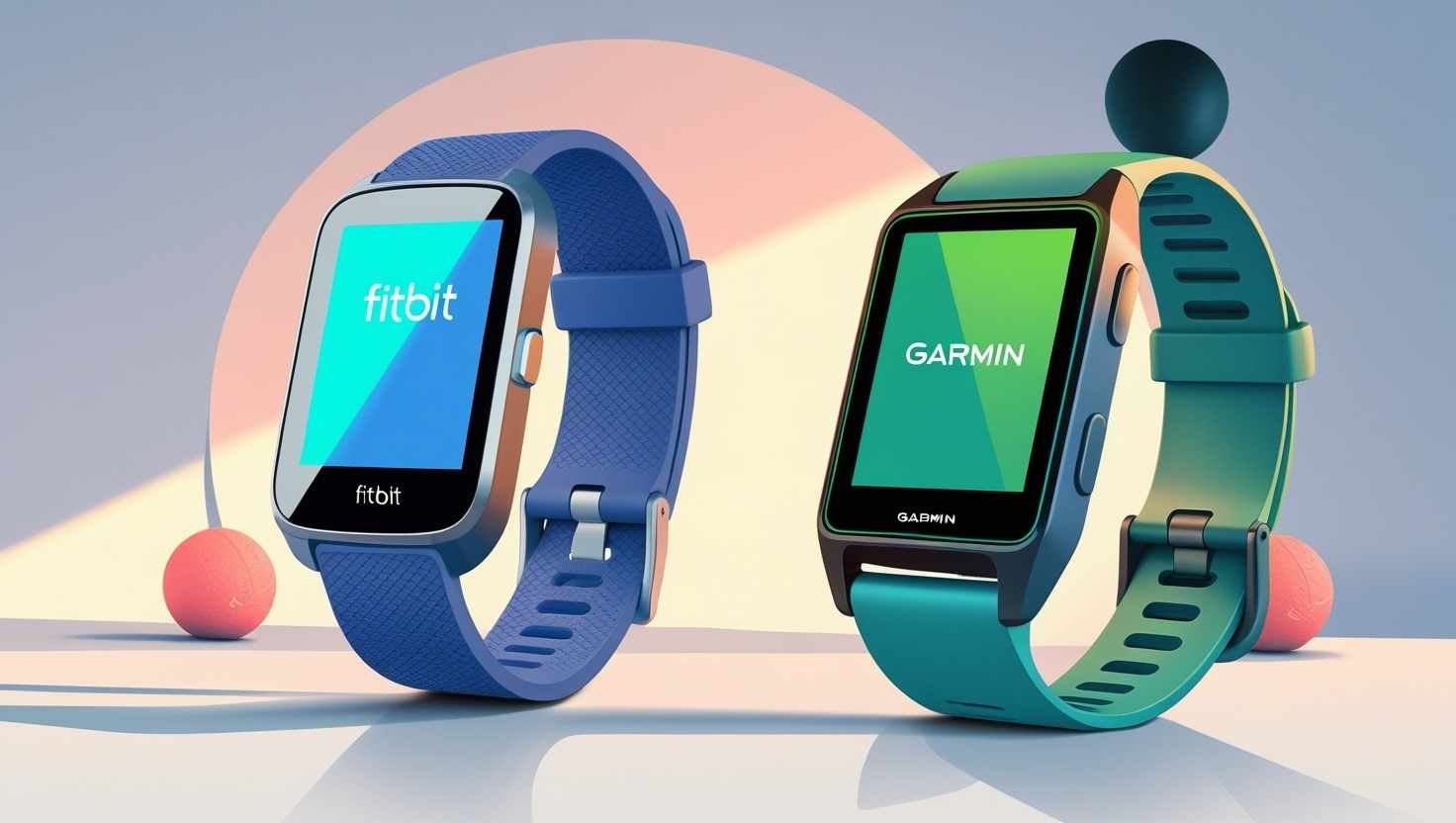

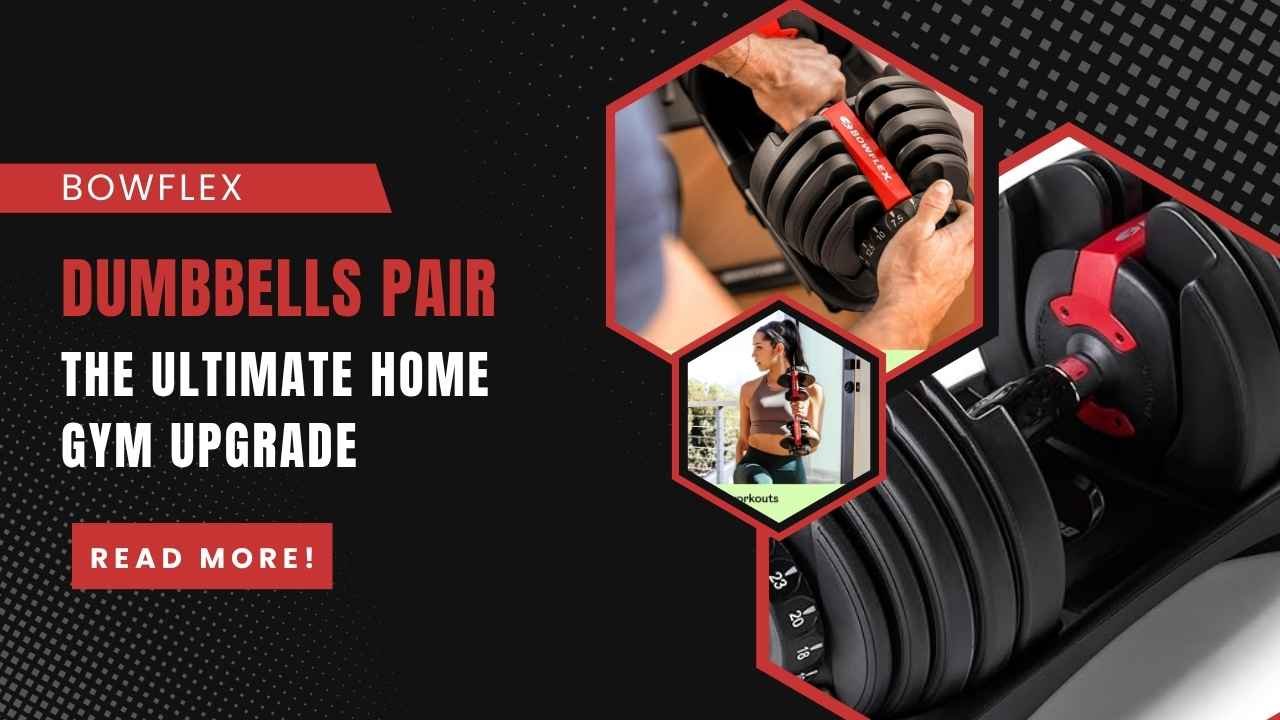
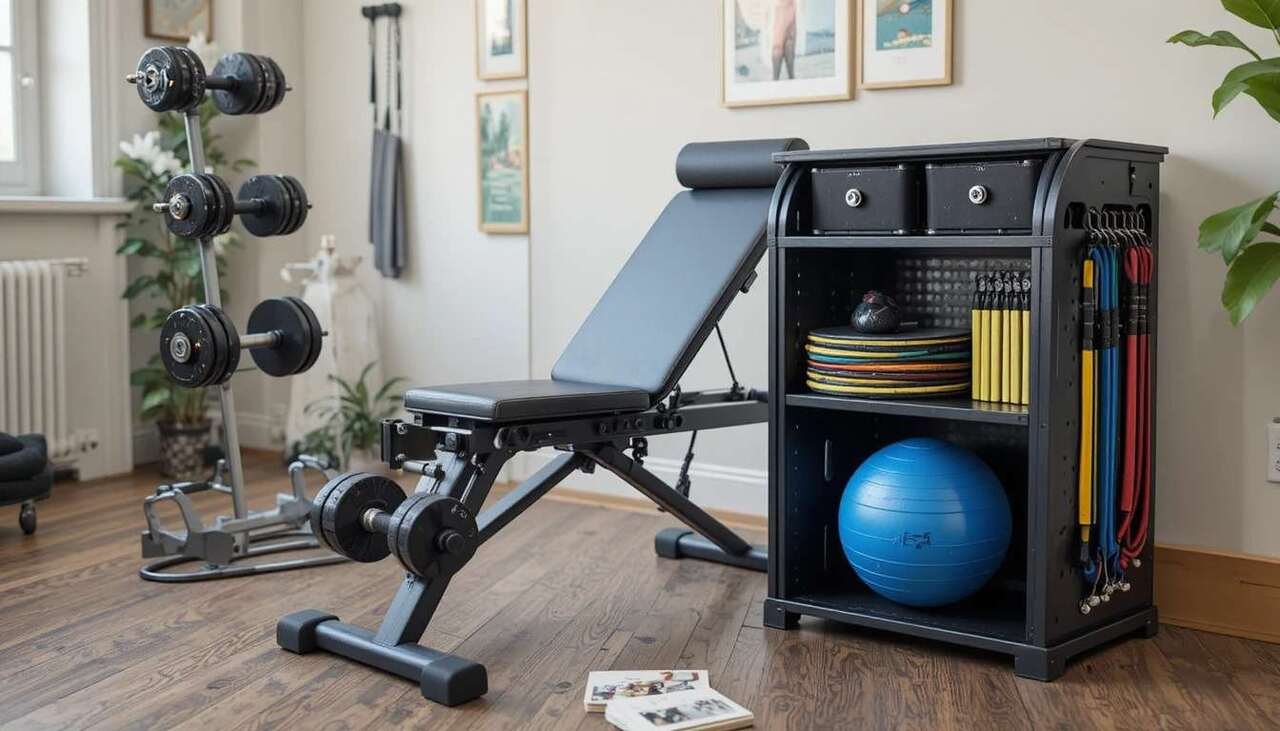




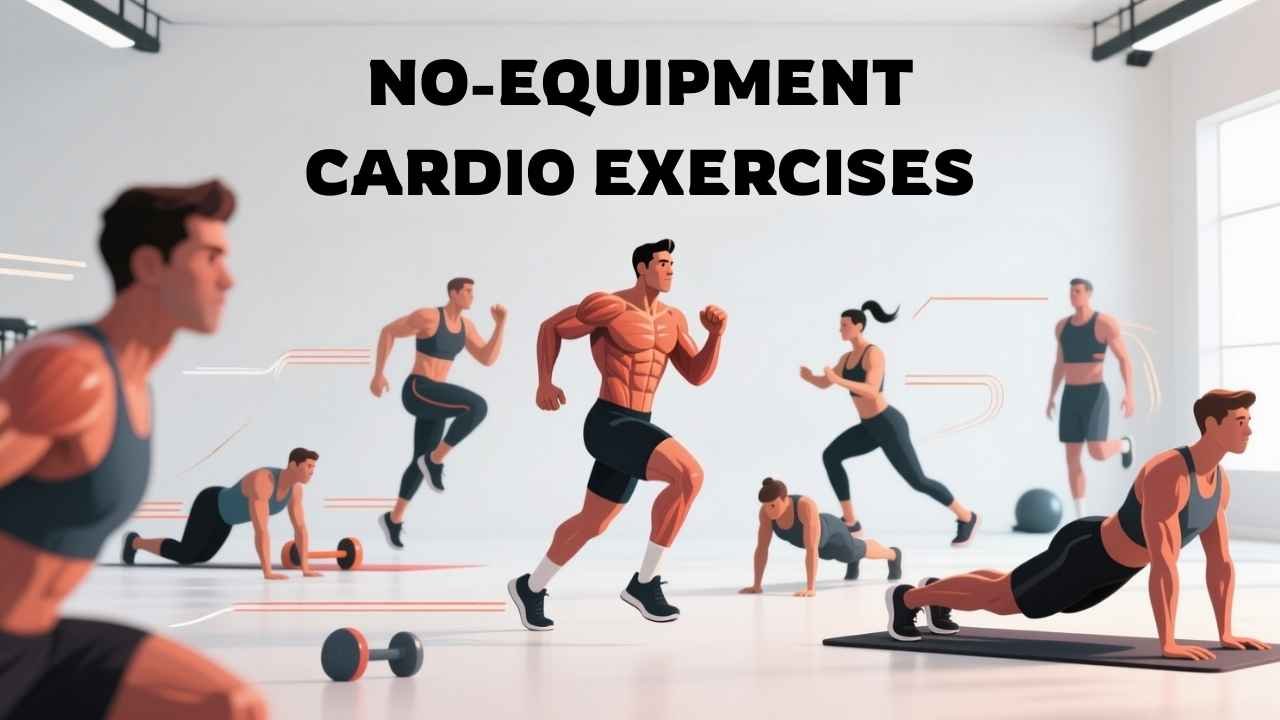
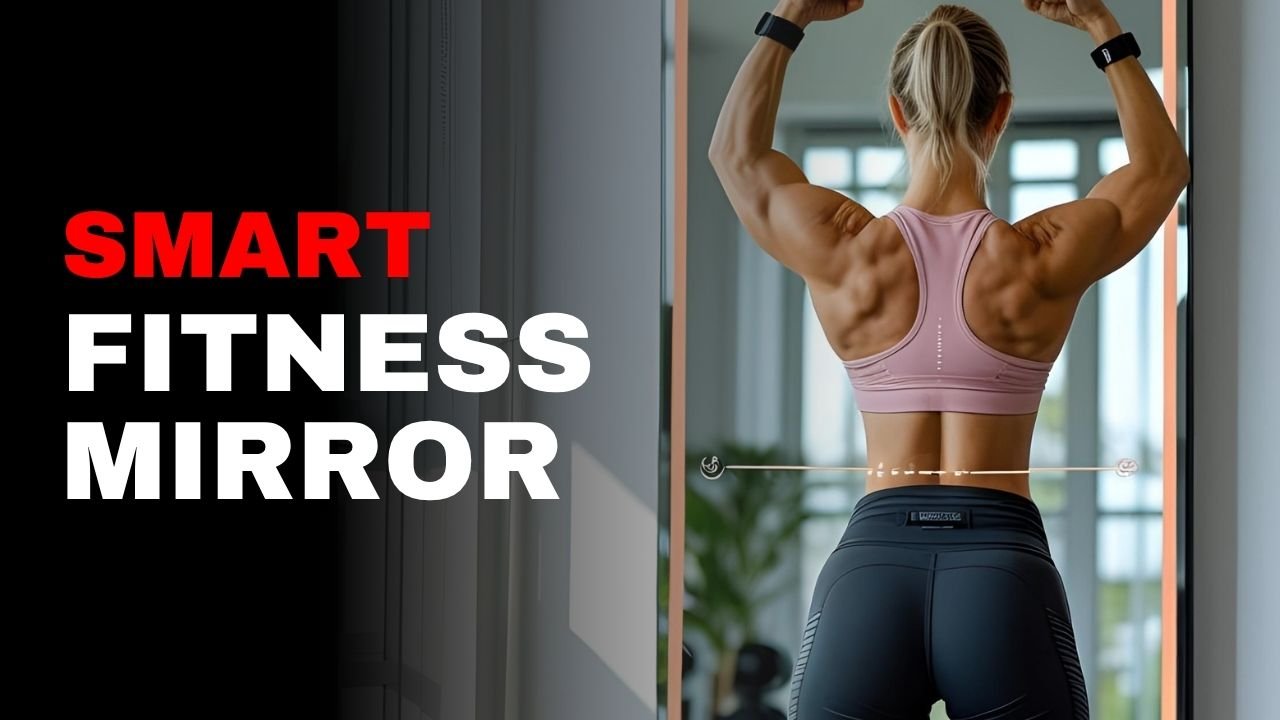
Leave a Reply